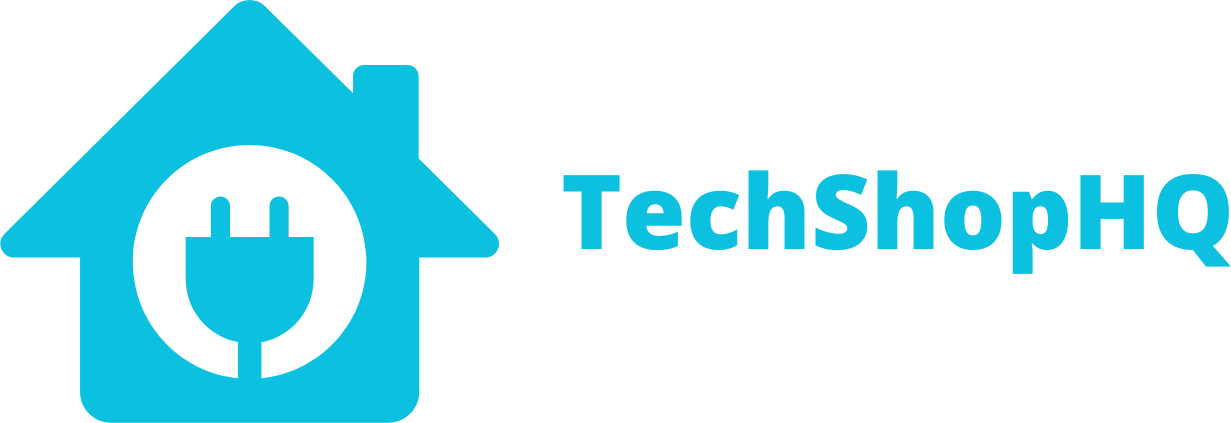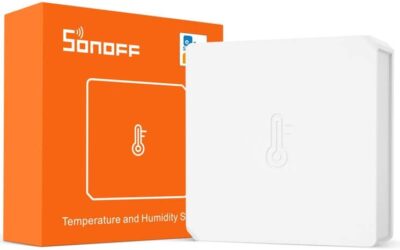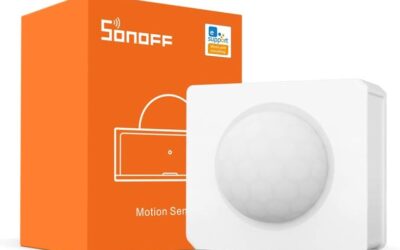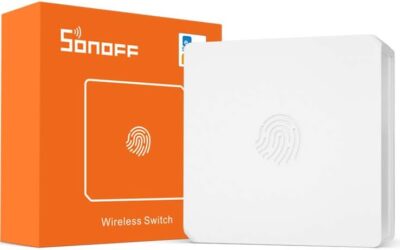How to Start Your Smart Home Journey: A Beginner’s Introduction
Table of Contents
- Introduction
- Understanding Smart Homes
- What Defines a Smart Home?
- The Difference Between a Smart Home and a Normal Home
- The Three Key Components of a Smart Home
- The Evolution of Smart Homes
- A Brief History of Smart Homes
- Key Milestones and Technological Advancements
- How Smart Homes Have Become More Accessible
- Key Components of a Smart Home
- Matter, Protocols, Hubs, Oh My!
- Thermostats, Lighting, and Security
- The Interconnectedness of Smart Home Components
Introduction
In this era of rapid technological advancement, embarking on your smart home journey is an exciting endeavor. Picture a home where your lights adapt to your mood, your thermostat anticipates your comfort, and your security system provides peace of mind, all with minimal effort on your part. This is the promise of a smart home, and in this beginner’s guide, we will explore how to begin your journey toward transforming your house into a future-ready smart home.
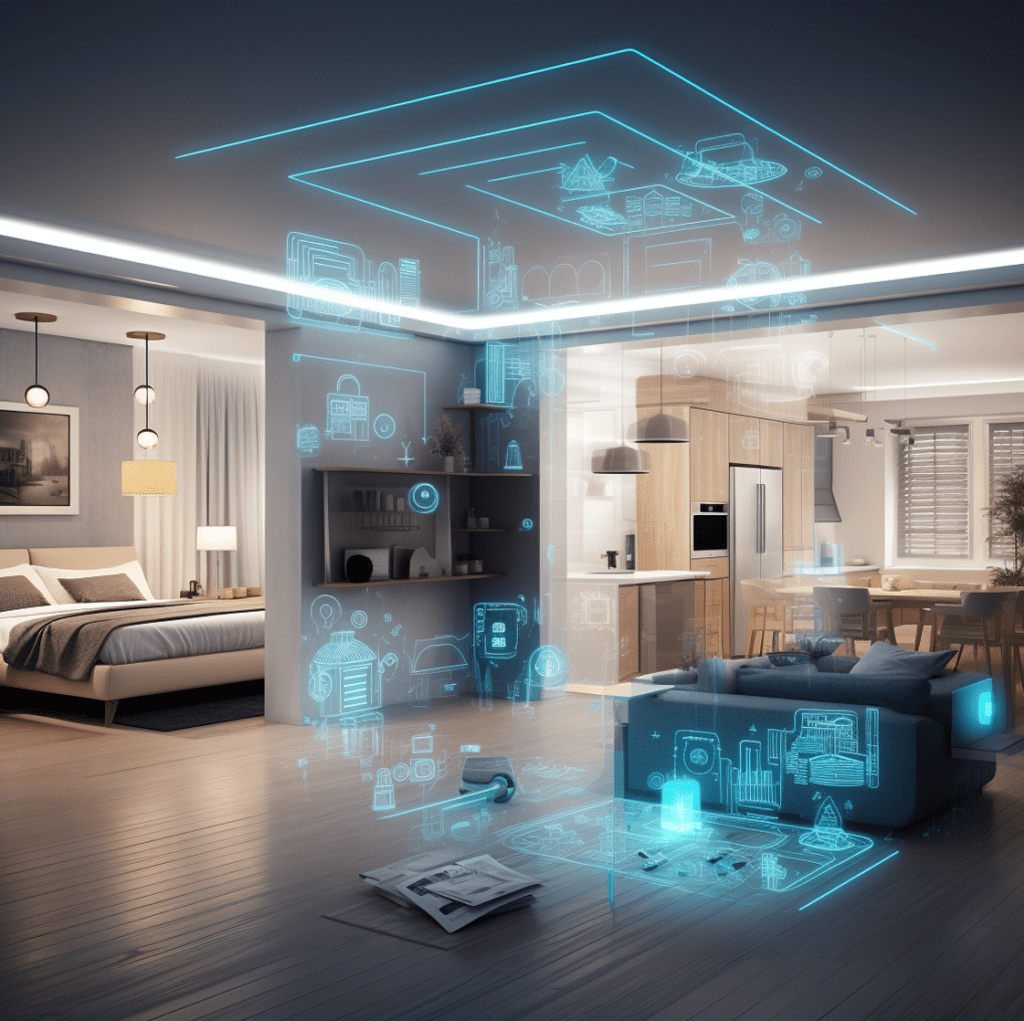
Understanding Smart Homes
At its core, a smart home is a residence equipped with devices and systems that can be controlled remotely, often through a smartphone or voice command. These devices are interconnected, allowing for automation and enhancing the overall living experience.
What Defines a Smart Home?
A smart home is defined by its ability to automate and control various aspects of your living space through connected devices and systems. These devices can range from smart thermostats to lighting systems, security cameras, and more. The central idea is to make your daily life more convenient, efficient, and enjoyable.
The Difference Between a Smart Home and a Normal Home
The key distinction between a smart home and a traditional one lies in automation and control. In a smart home, you have the power to manage various aspects of your home, from lighting and temperature to security, all from a centralized interface. In contrast, a traditional home relies on manual control and lacks the interconnectedness that characterizes smart homes.
The Three Key Components of a Smart Home
To grasp the concept of a smart home, it’s essential to understand its fundamental components:
- Sensors and Devices: These are the heart of your smart home. They include everything from smart thermostats and lights to security cameras and doorbell cameras. These devices collect data and respond to your commands.
- Central Hub or Controller: The central hub serves as the brain of your smart home. It coordinates the communication between devices and allows you to control them from a single interface, often through a smartphone app.
- User Interface: This is how you interact with your smart home. It can be a smartphone app, a voice assistant like Amazon Alexa or Google Assistant, or even a dedicated control panel in your home.
The Evolution of Smart Homes
Smart homes have come a long way since their inception. It all began with the advent of home automation in the early 20th century. We’ve since witnessed the evolution of smart homes, from simple remote controls to sophisticated ecosystems.
A Brief History of Smart Homes
The concept of automation in homes dates back to the early 20th century when remote control systems for lights and appliances were introduced. However, these early systems were limited in scope and accessibility, largely reserved for the wealthy.
Key Milestones and Technological Advancements
Over the years, significant milestones and technological advancements have propelled smart homes into the mainstream:
- Wireless Communication: The development of wireless communication protocols paved the way for easy connectivity between devices.
- The Internet of Things (IoT): The IoT revolutionized smart homes by enabling devices to communicate over the internet, making remote control and automation possible.
- Artificial Intelligence (AI): AI and machine learning have enhanced the intelligence of smart home systems, allowing them to learn and adapt to user preferences.
How Smart Homes Have Become More Accessible
Once considered a luxury, smart home technology has become increasingly accessible to homeowners. Prices have dropped, and the variety of devices available on the market has expanded, making it easier than ever to enter the world of smart living.

Key Components of a Smart Home
Building a smart home begins with understanding its core components:
Matter, Protocols, Hubs, Oh My!
To create a future-ready smart home, you need to be familiar with these key elements:
- Matter (formerly known as Project CHIP): Matter is an open-source standard that ensures device compatibility. It allows various brands and devices to work seamlessly together within your smart home ecosystem.
- Protocols like Z-Wave, ZigBee, and the Matter Protocol: These protocols dictate how devices communicate with each other and with the central hub. Each has its advantages and use cases.
- Central Hubs: Central hubs or controllers serve as the command center for your smart home. They facilitate communication between devices and allow you to control them from a single interface.
Thermostats, Lighting, and Security
- Smart Thermostats: Devices like the Ecobee and Tado make it easy to manage your home’s temperature and save energy. They can learn your preferences and adapt to your schedule.
- Smart Lighting Systems: These systems offer not only convenience but also energy savings. You can control the brightness, color, and scheduling of your lights.
- Security Devices: From cameras and doorbell cameras to motion sensors and alarms, smart security devices enhance your home’s safety and give you peace of mind.
The Interconnectedness of Smart Home Components
What makes a smart home truly smart is the interconnection of its components. Imagine your thermostat adjusting the temperature based on your security system’s status or your lights syncing with your daily routine. This interconnectedness is what sets smart homes apart and provides a seamless living experience.
Stay tuned as we continue to explore the fascinating world of smart homes in the following sections of this guide. We’ll delve into the practical steps of building your smart home, the role of the Internet of Things (IoT), leading smart home device manufacturers, and more.
